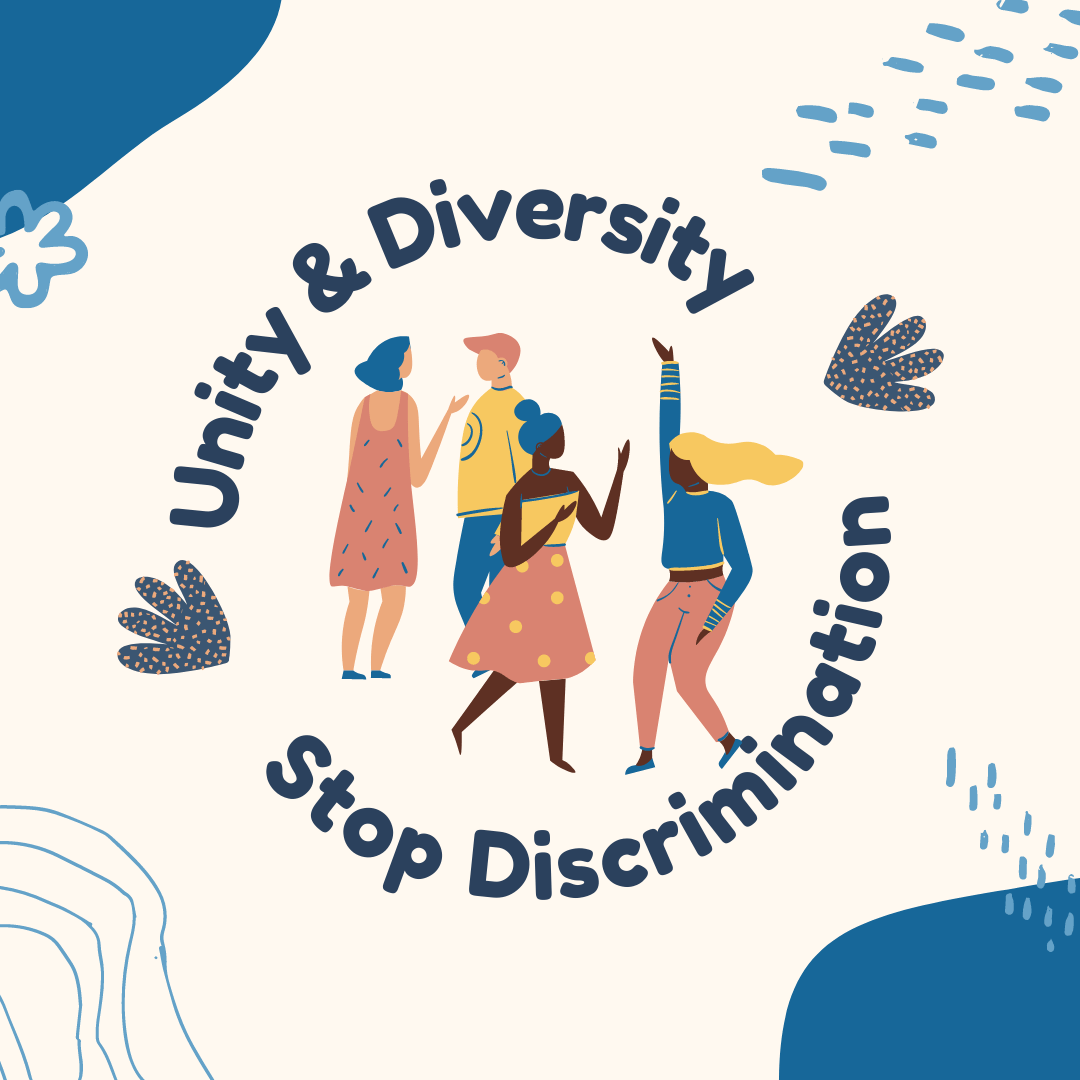Title IX
What is Title IX?
Title IX protects people from discrimination based on sex in education programs or activities that receive federal financial assistance. Title IX states:
No person in the United States shall, on the basis of sex, be excluded from participation in, be denied the benefits of, or be subjected to discrimination under any education program or activity receiving Federal financial assistance.
US Dept of Education
Title IX applies to schools, local and state educational agencies, and other institutions that receive federal financial assistance from the Department. A recipient institution that receives Department funds must operate its education program or activity in a nondiscriminatory manner free of discrimination based on sex, including sexual orientation and gender identity. Some key issue areas in which recipients have Title IX obligations are: recruitment, admissions, and counseling; financial assistance; athletics; sex-based harassment, which encompasses sexual assault and other forms of sexual violence; treatment of pregnant and parenting students; treatment of LGBTQI+ students; discipline; single-sex education; and employment.
Social Work Resources
USC Trailblazer: Annalisa Enrile
Article: Why Social Workers Should Care about Changes to Title IX under Trump
by Karissa Fenwick
Despite social work’s identity as a profession firmly rooted in social justice, gender equality, and advocacy, the social work voice has remained largely absent from the Title IX debate. A search in journals published by the National Association of Social Workers (NASW) revealed only one article related to Title IX in the past five years.
Article: Title IX: How School Social Workers Can Address Sexual Harassment in K–12 Schools
by Hannah Knipp
This article explores how school social workers can strategically utilize Title IX, the federal mandate banning sex discrimination in educational settings receiving federal funding, to address sexual harassment in the school setting. Although Title IX was not originally conceptualized to explicitly apply to sexual harassment, a series of key Supreme Court decisions in the 1990s established sexual harassment as a form of sex discrimination. Since then, various political administrations and social movements have modified the extent to which sexual harassment is addressed under Title IX. Despite the fifty-year history of Title IX, recent empirical studies have concluded that K–12 schools are largely noncompliant with Title IX. Further, the understaffing and underfunding of the Office for Civil Rights paired with the strict liability standard set by the Supreme Court means that few students find recourse for sexual harassment in schools. Despite these challenges, this article considers how school social workers can use Title IX to advocate for more comprehensive prevention efforts and effective responses to sexual harassment in the school system.
Article: Sexual Assault on Campus: How Social Work Can Guide Prevention Efforts
A BIG PICTURE, BOTTOM-UP APPROACH TO STUDENT WELL-BEING
Sexual assault affects one in five female college students, with LGBTQ+ students facing a greater likelihood of assault. In recent years, colleges nationwide have responded with new Title IX policies and resources to support survivors medically, psychologically, and legally. Yet prevention remains an area for improvement.
Article: “It Probably Hurt More Than It Helped”
By Sarah Nightingale
LGBTQ Survivors of Sexual Assault and their Experience with the College Title IX Reporting Process
Article: Title IX: 50 years later – APA Association
The landmark law has helped improve equity, safety, and wellness on college campuses since its passage in 1972, but there’s still plenty of work to do
Title IX and Women’s Sports
50 Years of Title IX: We’re Not Done Yet | Women’s Sports Foundation

